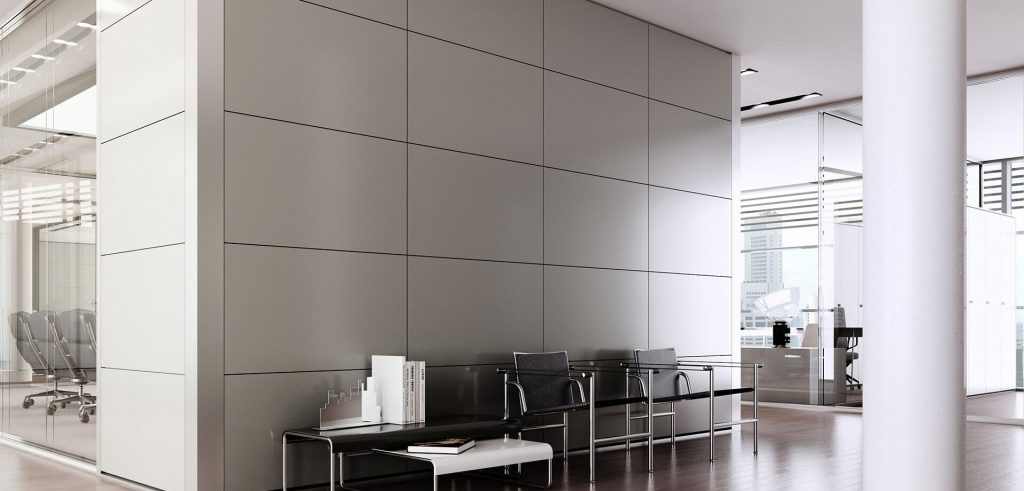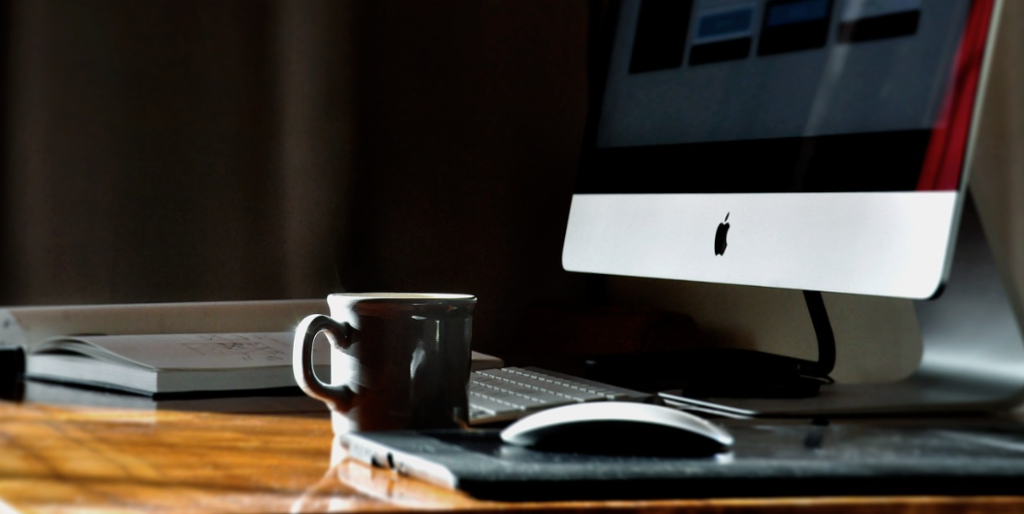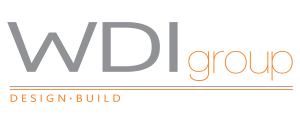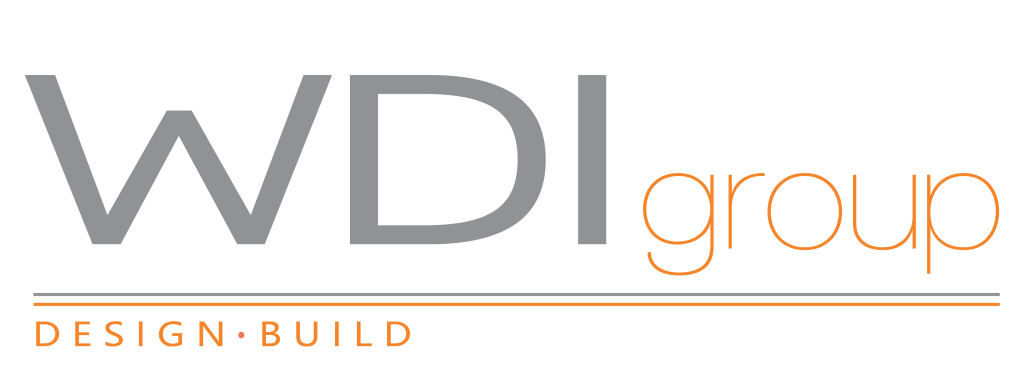How to Build a Strategic Return to Work Plan in 2025
As businesses begin reopening their doors, returning to the workplace isn’t as simple as turning the key. A successful return to work plan requires thoughtful strategy, redesigned office environments, and ongoing consideration for employee health, wellbeing, and flexibility.
Leaders preparing to bring teams back into the office must develop a comprehensive and successful return to work strategy—one that goes beyond logistics and tackles the deeper operational, emotional, and cultural shifts caused by the pandemic.
Why Your Return to Work Plan Matters
The COVID-19 pandemic permanently changed how we work. Remote work, flexible schedules, and digital collaboration tools are now ingrained in the modern work culture. While some employees are eager to return to the office, others—especially parents, caregivers, and those with health concerns—need assurance that their needs will be met.
Creating a gradual, safe, and adaptable return to work plan is essential for easing employees back into the physical workspace without disrupting morale or productivity.

1. Create a Safe and Flexible Work Environment
Safety remains a top priority for every return to work plan. Employees need to feel confident that their health is being protected in the office. Start by implementing and maintaining clear protocols:
Stock supplies of masks, gloves, hand sanitizers, and disinfectants
Install sanitizing stations and barriers where appropriate
Increase cleaning frequency, especially in high-traffic areas
Clearly communicate cleaning protocols and safety policies
For those with health risks or caregiving responsibilities, make accommodations part of your reopening strategy. Flexibility is key.
Consider a Phased Re-entry Approach
To reduce the stress of transitioning back into a busy office environment, consider a phased return:
Rotate schedules so only a portion of your team is in the office at once
Offer hybrid work options where roles allow
Allow employees to ease back into the workplace at their own pace
This approach minimizes risk and allows your team to reacclimate gradually.
Maintain Remote-Friendly Practices
Even with an office return, remote work isn’t going away. A strong return to work plan keeps digital infrastructure in place:
Continue to use video conferencing for internal meetings
Support collaboration tools like Slack, Teams, or Zoom
Preserve team rituals virtually to foster connection
Whether in-office or remote, consistent communication helps everyone stay aligned and engaged.
2. Reimagining Office Layouts to Attract Employees Back
A successful return to work plan doesn’t just address safety and policy—it also takes a hard look at how the physical workspace supports how people actually want to work today. Post-pandemic, employees have new expectations around flexibility, comfort, and purpose-driven workspaces.
Modern office design plays a crucial role in drawing people back to the office. Open-plan layouts are being re-evaluated in favor of zones that support focus, collaboration, social interaction, and quiet work. Creating flexible environments that allow employees to choose where and how they work can drastically improve satisfaction and productivity.
Consider these strategic layout changes as part of your return to work plan:
Collaboration hubs for team brainstorming and creative sessions
Quiet zones or phone booths for deep focus and privacy
Touchdown spaces for hybrid or transient workers
Tech-enabled meeting rooms to support hybrid collaboration
Biophilic elements, natural light, and acoustic improvements to reduce stress
When people feel the office is designed to help them do their best work, they’re far more motivated to return.

3. Renovate with Purpose: Show Employees the Office Is Worth Returning To
If your workplace hasn’t changed since before the pandemic, employees may question why they should return. Renovating your space sends a powerful message: we’re investing in your experience. It shows you’re not just asking people to come back—you’re giving them a reason to.
Thoughtful workplace improvements signal that leadership is future-focused and employee-centered. This could include:
Upgraded ergonomic furniture and workstations
Improved ventilation and air filtration systems
Wellness rooms or recharge zones
Expanded kitchen, café, or communal areas
Updated branding or artwork to reflect company culture and energy
These updates don’t have to be dramatic to make a difference. Even small changes—like more comfortable seating, better lighting, or intentional gathering spaces—can contribute to a more dynamic and desirable workplace.
Including renovations in your return to work plan shows your team that returning to the office is not about going back to the old way of working. It’s about moving forward—into a space that’s been built for who they are now.
4. Review and Update Company Policies
A successful return to work strategy involves revisiting existing workplace policies to reflect today’s realities. Your plan should include:
Updated guidelines on physical distancing and personal protective measures
Mental health resources and flexible sick leave policies
Clear expectations for hybrid work, attendance, and productivity
This is an ideal time to audit your employee handbook and ensure your policies align with your company’s long-term workplace vision.
5. Prioritize Transparent and Frequent Communication
Transitioning back to the workplace is a significant adjustment. Keep your team informed with regular, transparent updates about:
Safety procedures and office schedules
Policy changes and expectations
Support resources available to employees
Encourage open dialogue between employees, managers, and HR. A culture of communication will help alleviate fears, reduce misunderstandings, and boost morale.
6. Design for the Future:
An effective return to work plan isn’t just about getting people back in the office—it’s about creating a workplace they want to return to. That’s where WDI Group comes in. As a leading design-build firm specializing in strategic workplace solutions, WDI Group helps organizations rethink how their physical spaces can support collaboration, flexibility, wellness, and productivity.
WDI Group’s team of workplace strategists, interior designers, and construction experts work closely with clients to create environments that reflect the new world of work. Whether you need to support hybrid schedules, reconfigure your floor plan, or undergo a full office transformation, WDI Group develops future-ready spaces tailored to your people and processes.
From initial strategy and space planning through to design, construction, and move-in, WDI Group delivers a seamless process that aligns your workspace with your business goals—and helps you make a successful, lasting return to the office.
Final Thoughts: Your Roadmap for a Successful Return
A well-thought-out return to work plan is more than a checklist—it’s a roadmap for rebuilding a resilient, healthy, and productive workforce. By prioritizing employee wellbeing, embracing hybrid models, investing in physical space, and staying agile, companies can transition smoothly into the next phase of work.
The decisions you make now will shape how your organization recovers, grows, and succeeds in the years ahead. Be intentional, be flexible, and above all, make the workplace a positive and empowering place for everyone.
At WDI Group
We partner with organizations across North America to reimagine and rebuild workspaces that support the future of work.
Whether you’re developing your return to work plan, rethinking your office layout, or undergoing a full renovation, our integrated design-build approach ensures every aspect—strategy, interior design, construction, and project management—is aligned with your business goals.
From concept to completion, we help you create a workplace that attracts top talent, supports hybrid work, and inspires your team to thrive.
Are you ready to talk about your office needs? Contact the WDI Group team today for a no-obligation discussion.

